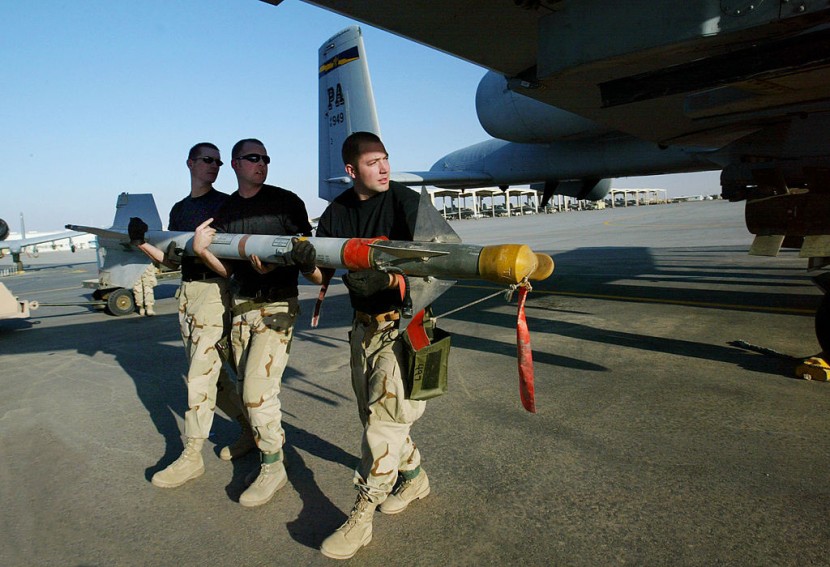The Air Force found hazardous amounts of a potential carcinogen at underground launch control centers at a nuclear missile site in Montana, where a startlingly high number of men and women have reported receiving cancer diagnoses. There will now be another cleanup operation.
The finding "is the first from an extensive sampling of active U.S. intercontinental ballistic missile bases to address specific cancer concerns raised by missile community members," according to an announcement from the Air Force Global Strike Command on Monday, reported by The Associated Press.
Two launch facilities at Malmstrom Air Force Base in Montana found PCB levels in those samples that were greater than the EPA-recommended criteria.
The EPA has classified PCBs, which are waxy or oily chemicals, as potential carcinogens. Blood cancer known as non-Hodgkin lymphoma spreads through the immune system's lymphatic system.
The Air Force School of Aerospace Medicine started a study to look at cancers among the entire missile community in order to check for any potential clusters of the disease after a military briefing.
It was revealed in January that at least nine current or former missileers at Malmstrom had been diagnosed with non-Hodgkin lymphoma, a rare blood cancer.
More Cancer Cases To Be Discovered?
According to recent information gathered by a grassroots organization of former missile launch officers and their surviving family members, there may be hundreds more cancer cases of various varieties.
The Torchlight Initiative reports that over the years, at least 268 soldiers who worked at nuclear missile sites or their surviving relatives have self-reported being diagnosed with cancer, blood disorders, or other maladies.
Of the documented instances, at least 217 are malignancies, including at least 33 non-Hodgkin lymphomas.

These data are noteworthy because they highlight how small the missileer community is. At any given time, only a small number of airmen work as missileers at each of the nation's three bases that house Minuteman III intercontinental ballistic missiles that are launched from silos.
There have only been 21,000 missileers overall since the Minuteman operations started in the early 1960s.
Malmstrom, F.E. Warren Air Force Base in Wyoming, and Minot Air Force Base in North Dakota are the locations of the Minutemen III silo fields.
Both male and female military officers work as missileers in subterranean launch control centers where they are in charge of monitoring and, if necessary, unleashing nuclear weapon silo fields.
When the president gives the command, two missileers can stand guard for days at a stretch in underground bunkers, ready to turn the key and launch Minuteman III intercontinental ballistic missiles.
Read also: 78 Brands of Sunscreen for Recall Over Carcinogen Contamination as Summer Looms
Outdated Infrastructure and Electronics
More than 60 years ago, the Minuteman III silos and subterranean command centers were constructed. The infrastructure and electronics are largely outdated.
As they spend 24 to 48 hours on duty underground, missileers have often voiced health worries regarding ventilation, water quality, and other pollutants they cannot avoid.
The Air Force's wider ongoing inquiry into the number of cancers identified among the missile community led to the detection of PCBs during site visits by its bioenvironmental team from June 22 to June 29. A health assessment team visited each of the missile launch facilities and took surface, air, soil, and water samples.
21 PCBs were found at Malmstrom out of the 300 surface swipe samples. Of those, 19 fell below the EPA-set thresholds that called for mitigation, and two did not. None of the 30 air samples contained any PCBs.
The Air Force is still awaiting the findings of the F.E. test. For surface and air samples, Warren and Minot were used, as well as all bases for water and soil samples.
Related article: Diet Soda's Sweetener Aspartame May Cause Cancer, WHO Research Claims








